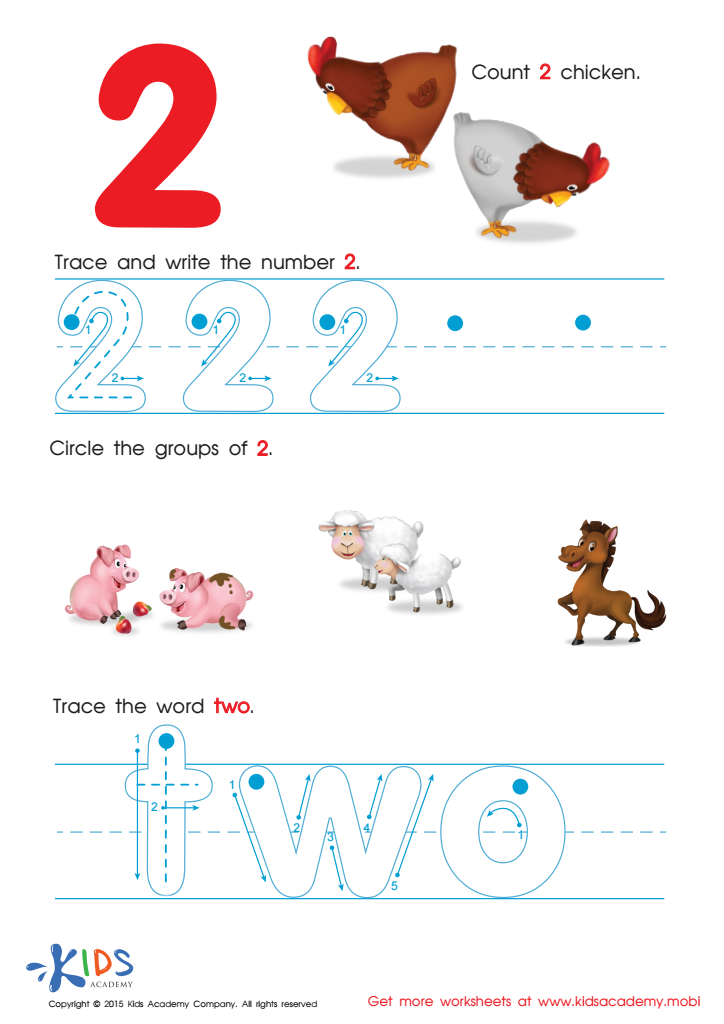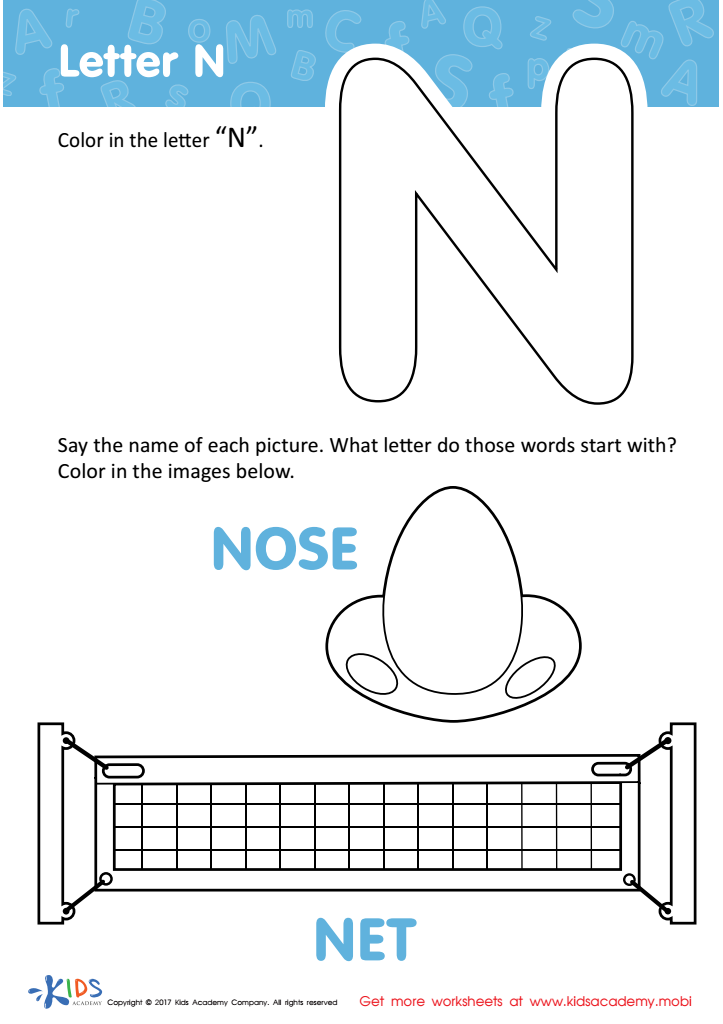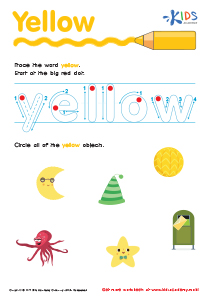Handwriting practice Normal English for Beginners Worksheets for Ages 7-8 - Page 2
26 filtered results
-
From - To


Learn to Write the Number 2 Worksheet


Letter N Coloring Sheet
Handwriting practice is essential for children aged 7-8 because it impacts their academic development, self-esteem, and communication skills. At this age, children are refining their motor skills, and handwriting is a crucial part of that process. Practicing handwriting helps strengthen fine motor skills, leading to better control over writing tools and improved dexterity.
Moreover, legible handwriting fosters confidence. When children can write clearly, they feel more competent in their ability to communicate ideas and complete schoolwork. This success in expression can inspire them to write more, enhancing their creativity and willingness to participate in classroom activities.
Handwriting also influences academic performance. Many standardized tests assess written communication, and clear handwriting can make a positive difference in how teachers and peers perceive a child's work. In addition, good handwriting can assist in developing organizational skills, with neat writing often correlated to better structured thinking.
Finally, handwriting practice can improve literacy. While typing skills are increasingly valued in today’s digital world, handwriting helps reinforce letter recognition and phonetic awareness, vital components of reading and writing proficiency. By prioritizing handwriting, parents and teachers are investing in comprehensive skill development for their children.
 Assign to My Students
Assign to My Students

















